
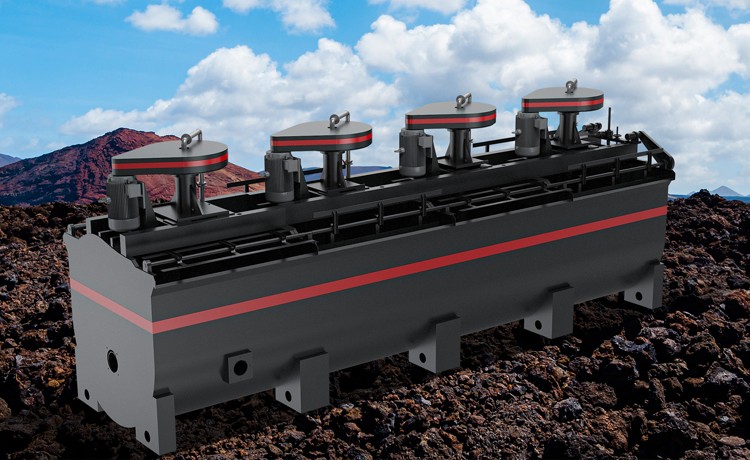
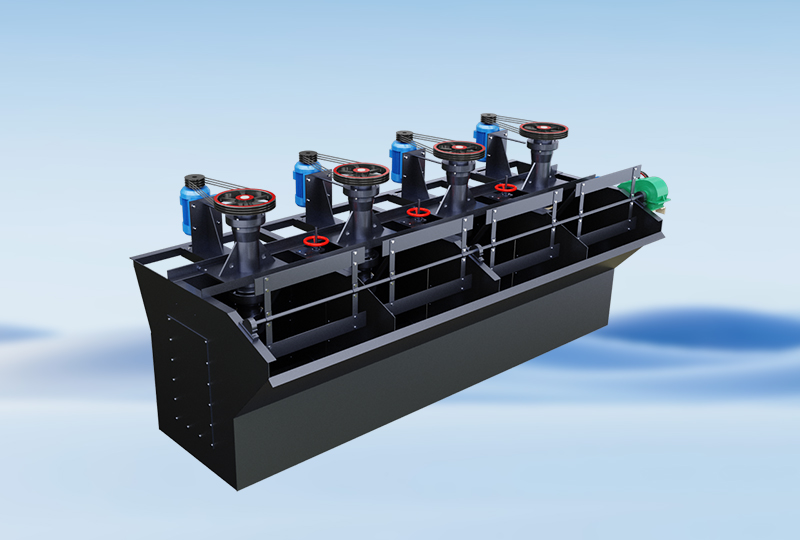
Flotation, in mineral processing, method used to separate and concentrate ores by altering their surfaces to a hydrophobic or hydrophilic condition—that is, the surfaces are either repelled or attracted by water.
Froth flotation can selectively separate core minerals from middlings or tailings, making them high-grade mineral concentrate. Since froth flotation can separate minerals from already processed concentrates besides the primary ore, it is considered to have high efficiency in recovering minerals.
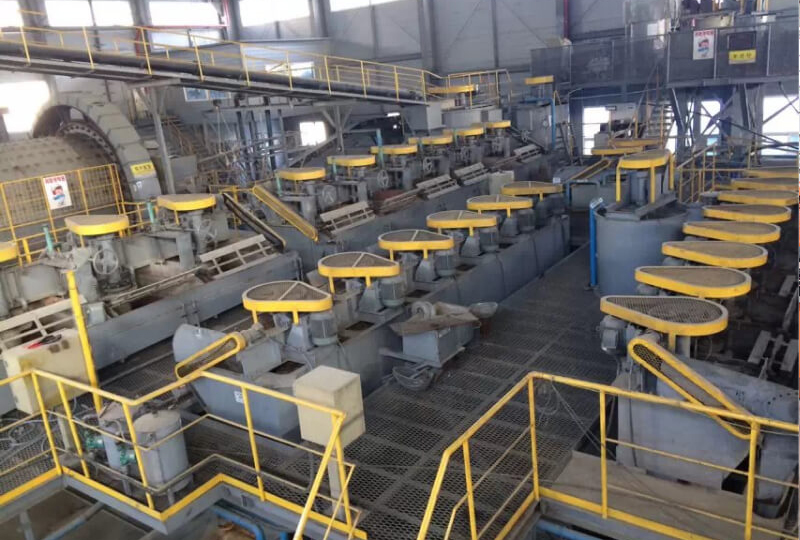
In the flotation machine, the slurry after the addition of the chemical treatment is stirred and aerated, so that some of the ore particles are selectively fixed on the bubbles and the surface of the slurry is scraped to form a foam product, with the other part left in the slurry, which achieves the purpose of separating minerals.
The unmanned automatic control system has the functions of suction and flotation and does not require any auxiliary equipment.
The effective flotation volume of one tank is increased; the output is increased; the work efficiency is improved, and various rough selection, sweeping, and selection operation modes are satisfied.
The degree of foam refinement is high, and the accuracy of flotation is increased by 3-5%.
Compared with conventional machines, it can save 1/3~1/2 of electric power and has lower operating costs.
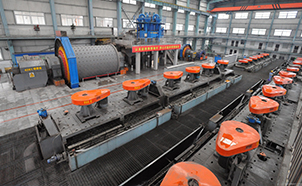
Flotation Separation Line
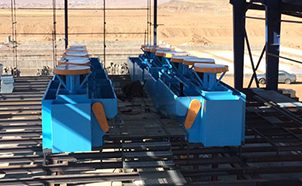
Gold Ore Processing Plant in Zimbabwe
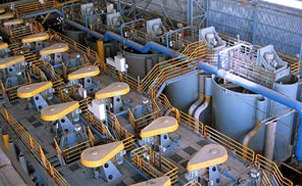
Copper-Molybdenum Ore Beneficiation Plant in Mongolia
Technical Specifications
SF Series Flotation Machine
BF Series Flotation Machine
KYF Series Flotation Machine
XCF Series Flotation Machine
Note:processing Capacity May Vary With Different Materials And Feeding Sizes.
| Model | Effective Volume (m³) |
Processing capacity |
| XJK-0.35 | 0.35 | 0.18-0.4 |
| XJK-0.62 | 0.62 | 0.3-0.9 |
| XJK-1.1 | 1.1 | 0.6-1.6 |
| XJK-2.8 | 2.8 | 1.5-3.5 |
| XJK-5.8 | 5.8 | 5-7 |
| SF-0.37 | 0.37 | 0.2-0.4 |
| SF-0.7 | 0.7 | 0.3-0.9 |
| SF-1.2 | 1.2 | 0.6-1.6 |
| SF-2.8 | 2.8 | 1.5-3.5 |
| SF-4 | 4 | 2-4 |
| SF-8 | 8 | 4-8 |
| SF-10 | 10 | 5-10 |
| SF-20 | 20 | 5-20 |
| JJF-2 | 2 | 1-3 |
| JJF-4 | 4 | 2-4 |
| JJF-8 | 8 | 4-8 |
| JJF-10 | 10 | 5-10 |
| JJF-16 | 16 | 5-16 |
| JJF-20 | 20 | 5-20 |
Note:processing Capacity May Vary With Different Materials And Feeding Sizes.
| Model | Trough volume (m³) |
Processing capacity (m³/min) |
| BF-0.37 | 0.37 | 0.2~0.4 |
| BF-0.65 | 0.65 | 0.3~0.7 |
| BF-1.2 | 1.2 | 0.6~1.2 |
| BF-2.0 | 2.0 | 1.0~2.0 |
| BF-2.8 | 2.8 | 1.4~3.0 |
| BF-4.0 | 4.0 | 2~4 |
| BF-6.0 | 6.0 | 3~6 |
| BF-8.0 | 8.0 | 4~8 |
| BF-10 | 10 | 5~10 |
| BF-16 | 16 | 8~16 |
| BF-20 | 20 | 10~20 |
| BF-24 | 24 | 12~24 |
| Model | Effective cubage(m³) |
Production Capacity (m³/min) |
| KYF-1 | 1 | 0.2-1 |
| KYF-2 | 2 | 0.4-2 |
| KYF-3 | 3 | 0.6-3 |
| KYF-4 | 4 | 1.2-4 |
| KYF-8 | 8 | 3—8 |
| KYF-16 | 16 | 4—6 |
| KYF-24 | 24 | 4—24 |
| KYF-38 | 38 | 10—38 |
| Model | Effective cubage(m³) |
Production Capacity (m³/min) |
| XCF-1 | 1 | 0.2—1 |
| XCF-2 | 2 | 0.4—2 |
| XCF-3 | 3 | 0.6—3 |
| XCF-4 | 4 | 1.2—4 |
| XCF-8 | 8 | 3—8 |
| XCF-16 | 16 | 4—16 |
| XCF-24 | 24 | 4—24 |
| XCF-38 | 38 | 10—38 |
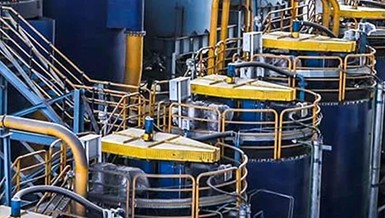 Flotation Cell
Flotation, in mineral processing, method used to separate and concentrate ores by altering their surfaces to a hydrophobic or hydrophilic condition—that is, the surfaces are either repelled or attracted by water.
READ MORE
Flotation Cell
Flotation, in mineral processing, method used to separate and concentrate ores by altering their surfaces to a hydrophobic or hydrophilic condition—that is, the surfaces are either repelled or attracted by water.
READ MORE
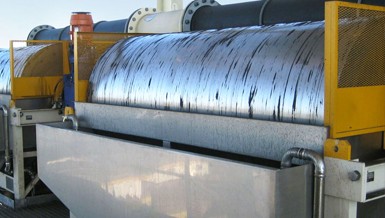 Magnetic Separator
The magnetic ore separator, also known as a magnetic drum separator, was a device used to separate magnetic iron ore (such as magnetite) from non-magnetic material, such as waste rock and other minerals according to the specific magnetic coefficients of various minerals.
READ MORE
Magnetic Separator
The magnetic ore separator, also known as a magnetic drum separator, was a device used to separate magnetic iron ore (such as magnetite) from non-magnetic material, such as waste rock and other minerals according to the specific magnetic coefficients of various minerals.
READ MORE